Flip a switch or a flip bird?
Numerous studies show that simple changes in employee behaviour may save up to 10% in energy costs with no capital costs. The common issue is that it’s difficult to initiate behavioural changes and it’s definitely very difficult to sustain them. Here comes the most puzzling part: some companies save a lot of energy and other resources through behavioural changes quickly and easily, while other companies some companies struggle to make them work. Why is that?
The answer is simple really. The difference between success and failure of behavioural energy saving has nothing to do with energy technologies. Saving energy thorough change in human behaviour boils down to a “digital control”: results are achieved, or not, through the use of fingers.
It’s crucial which digit people are going to use – a pointing one or a middle one.
Flipping a switch or flipping a bird makes all the difference between success a failure of behavioural energy saving.
Achieving savings through behavioural changes requires change of human behaviour. The key word here is ‘change’, not energy. It’s a change management process. Accordingly, all rules of change management apply.
Here are a couple of examples on how to make behavioural energy conservation work:
- Boss must lead by doing
Every change must have a high-ranking champion who gets it and does it. Requesting a change via emails and bill boards does not work until and unless “the boss does it too”.
- All stakeholders must be identified and engaged
A security guard and a janitor may cause tremendous amounts of energy waste, while they rarely even share the same work schedule with the rest of the company.
- Communication of results must be meaningful, simple and regular
It’s “You can’t manage what you do not measure” all over again. The three legs of a stool here are a proper baseline, meaningful KPIs and open communication of results.
Success of behavioural energy saving delivers more than energy saving
Successful implementation of energy conservation and other sustainability measures goes way beyond cost saving. It creates shared values among employees, improves communication channels and helps lower the silos. How much is this worth to a company?
By the same token, failure of sustainability project signals much more than waste of paper, kWhs or light bulbs, aka material resources, it signals waste of human resources as well: employees use the same digits for all interactions with employers. Be it energy conservation, production, accounts receivable or customer service, pointing finger produces more value than the middle one.


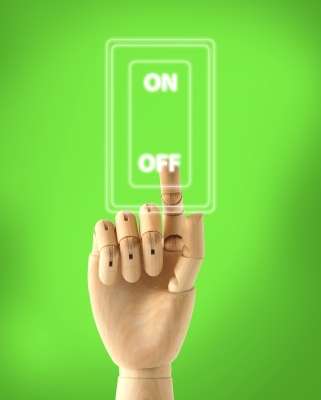
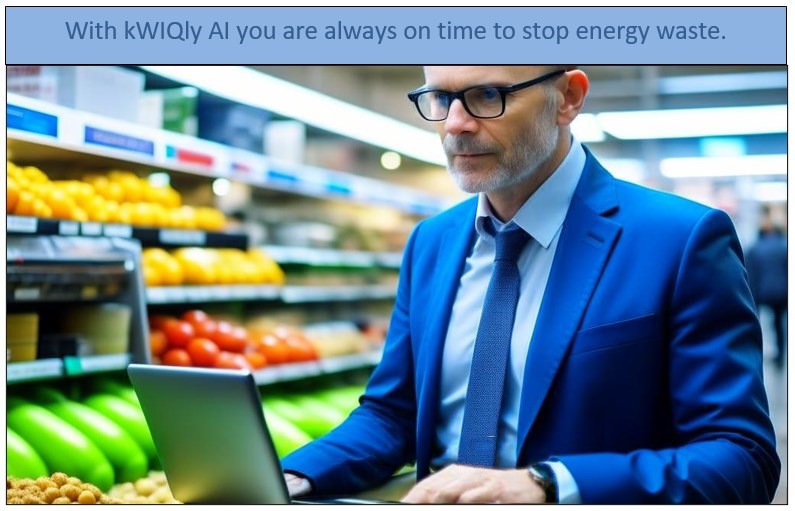
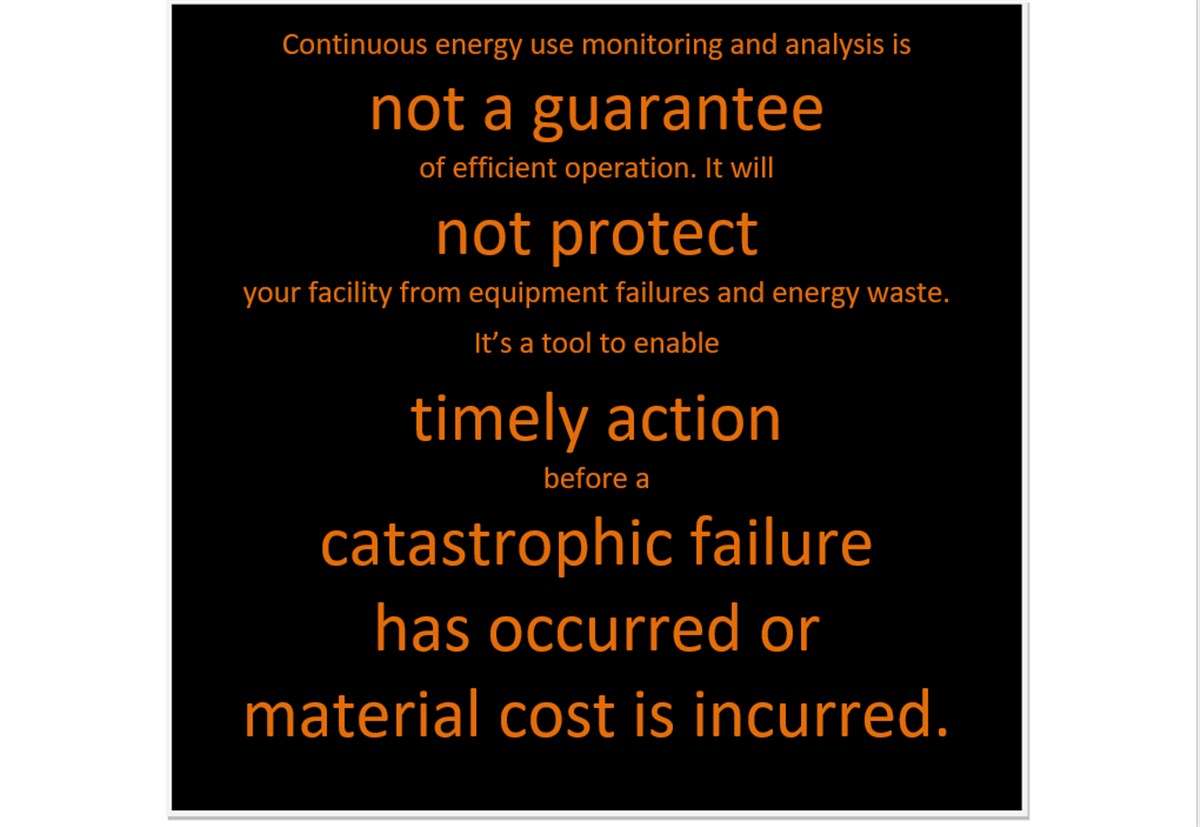
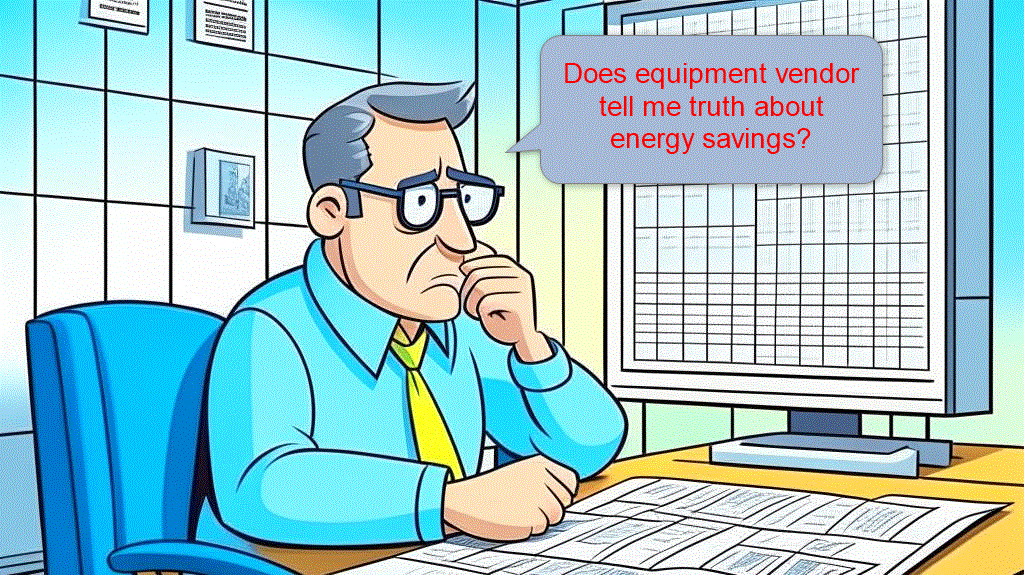
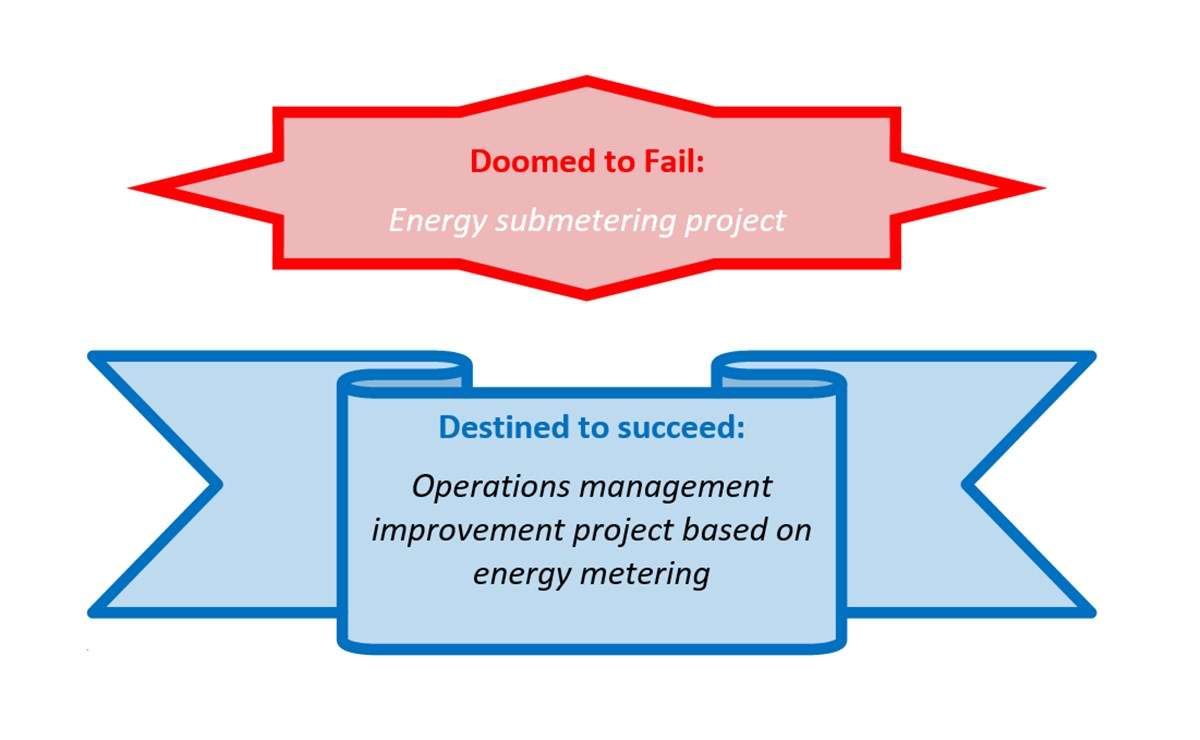
[…] Earlier we have discussed “6 steps of energy management in manufacturing” and “How make behavioural energy savings work“ […]